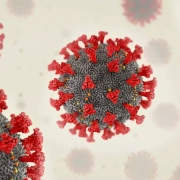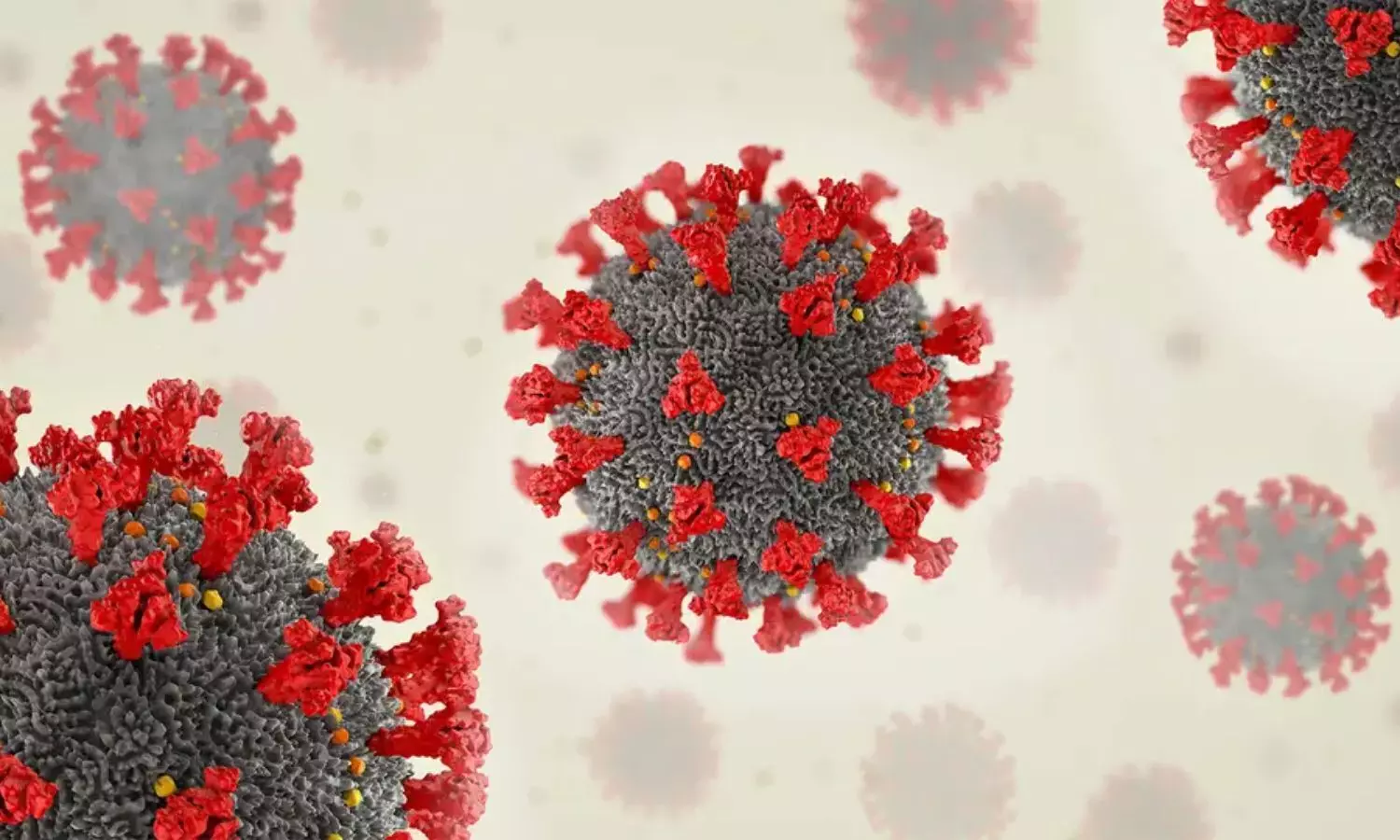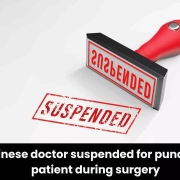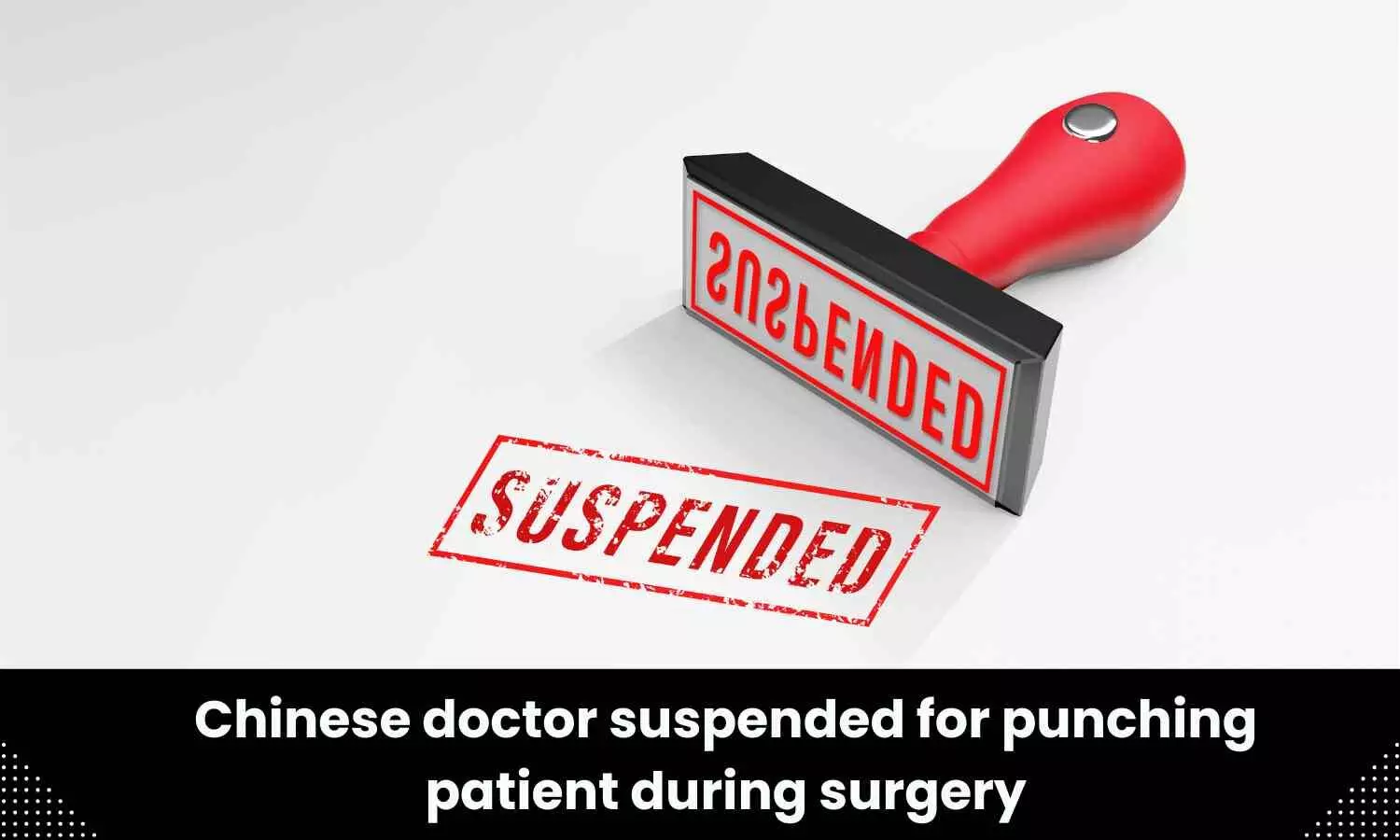
Panchkula: Holding a private hospital and its attending surgeon guilty of medical negligence during a laparoscopic surgery that resulted in the death of a patient, the District Consumer Disputes Redressal Commission (DCDRC) recently directed them to pay Rs 5 lakh compensation to his wife.
The consumer court issued the order after relying on the expert committee inquiry report mentioning that there was an error on the part of the treating doctor while handling the complications, which resulted during the Laparoscopic Cholecystectomy.
Apart from this, the bench also directed the multi-speciality hospital to ensure the availability of a team of experts belonging to different medical field and noted, “Before parting with this order, we deem it proper to direct the OP No.1, who claims itself to be a multiple-specialty hospital, to ensure the availability of team of experts belonging to different medical field, in appropriate cases, prior to conducting of any surgical operation so as to tackle the emergent complications arising during the operation and accordingly, the OPs No.1 & 2 are directed to ensure that the team of an expert belonging to different medical field is arranged while conducting any surgical operation in future.”
The matter goes back to 2017 when the complainant’s husband was suffering from pain in the abdomen and after diagnosis, his gall bladder was found distended showing multiple calculi in his lumen measuring 3 mm to 4 mm in size. In this regard, a report was prepared by Jindal Diagnostic Centre, Ram Nagar, National Highway, Kalka.
Consequently, the patient was admitted to the treating hospital for Elective Laparoscopic Cholecystectomy and during the surgery, he suffered Biliovascular injury on the operation table, and the Laparoscopic Cholecystectomy was converted to open Cholecystectomy.
Since the treating facility was unable to manage the case, the patient was referred to PGI Chandigarh with an open abdomen with 7 vascular clamps in situ. The complainant alleged that the treating facility in a very casual and negligent manner referred the complainant’s husband of the complainant to PGI without providing proper medical facility.
Allegedly, due to the deteriorating condition of the patient, he was re-operated in PGI Chandigarh on 28.05.2017 and after the operation, he was kept in the ICU as his condition was not stable and ultimately he expired on 30.07.2017 in PGI Chandigarh.
The complainant submitted that during the treatment at PGI, Chandigarh, the concerned doctors at the facility observed that the patient had sustained major Biliovascular injury and Duodenal Injury during his attempted Laparoscopic Cholecystectomy. The reason for the patient’s death was given by the PGI doctors as cardiac arrest and the Major Biliovascular injury with Duodenal injury status post attempted Laparoscopic converted open Cholecystectomy.
Referring to this, the complainant filed a consumer complaint and alleged that the doctor, who conducted the surgery, did not have the required qualifications to conduct the surgical operation through Laparoscopic Cholecystectomy method. It was alleged that it was the duty of the concerned doctor, who is also the management of the hospital, to arrange a team of experts having requisite qualifications, and wide experience so as to handle any complications, which might arise during the operation.
On the other hand, the doctor and the hospital referred to the wide experience of the treating doctor and submitted that after commencing the surgery, the treating doctor visualized a bunch of venous Plexus around the Cystic Duct and Common Bile Duct (CBD).
It was also submitted that plexus are generally of two types i.e. Venous Plexous and Arterial Plexus and the walls of Arterial Plexus are strong and thick, whereas the walls of venous Plexus are very thin and can easily bleed. The bleeding from Arterial Plexus is in showers and one could see the source of bleeding and bleeding can be immediately stopped by surgical maneuvers i.e. by ligating, cauterizing, clamping etc. but bleeding from venous Plexus is diffused and, many a times, source of bleeding is uncertain. Plexus is a complex network of vessels and nerves and plexus may be normal or abnormal.
They submitted that in the patient’s case, the plexus was unusual and abnormal and the doctor saw such type of phlexus for the first time. They claimed that this type of plexus cannot be figured out pre-operatively through ultrasound in a routine investigation for Gall Bladder Stones. It was further submitted that when the doctor caught hold of Gall Bladder, a sudden spurt of profuse bleeding started. Therefore, he immediately stopped the laparoscopic procedure and the patient’s abdomen was opened instantly. However, since the bleeding was uncontrollable and the profused and source of bleeding could not be ascertained and the treating facility, the doctor did all the maneuvers to stop the bleeding i.e. sponging, suturing with pressure and arterial clamps were applied(metalled instruments), and the bleeding stopped.
After the bleeding stopped completely and the blood pressure started rising, the doctor kept the clamp, put gauge and referred him to PGI Chandigarh urgently in a stable condition for further management.
They also pointed out that an inquiry was conducted by three doctors at the Civil Hospital, Panchkula and the concerned committee never opined that there was medical negligence or unfair trade practice by the doctor. The panel opined that the patient’s case was the rarest of rare cases and held that there was a mistake on the doctor’s and hospital’s part while handling complications during Laparoscopic Cholecystectomy.
While considering the matter, the consumer court took note of the enquiry report and also the case summary issued by PGI Chandigarh and noted that these documents mentioned that the patient sustained the Major Biliovascular Injury with Duodental Injury, during his attempted Laparoscopic Cholecystectomy by treating doctor, on 27.05.2017.
“As per the said Enquiry Committee report dated 08.11.2017(Annexure C-5), the cause of death of Sh. Karam Chand(now deceased) was the Major Biliovascular Injury with Duodental Injury, which he had sustained during his attempted Laparoscopic Cholecystectomy by OP No.2, on 27.05.2017,” noted the Commission.
The consumer court noted that the inquiry committee gave its findings under the heading of “comments” in three paras. The Committee observed that it was a rarest of rare cases.
“It was also observed in the first para that 5-6 complications had arisen simultaneously during the Laparoscopic Cholecystectomy conducted at (OP No.1) on 27.05.2017. However, the Enquiry Committee, taking into consideration all the relevant factors, which were placed before it, has concluded in an unambiguous terms that there was an error on the part of OP No.2, while handling the complications, which had arisen during the Laparoscopic Cholecystectomy. As per said report of the Enquiry Committee, a surgeon having 30 years of experience was not expected to commit such kind of error/mistake, while handling complications. The Enquiry Committee in the last para of its findings has found that the services rendered by OPs No.1 & 2, while shifting Sh.Karam Chand(now deceased) from to PGI, Chandigarh were unsatisfactory,” the Commission observed.
Referring to the inquiry committee report, the Commission noted, “Pertinently, the Enquiry Committee has given its report dated 08.11.2017(Annexure C-5) after giving due consideration to the respective submissions made before it by the complainant as well as OP No.2; thus, the submissions made by the learned counsel for Ops No.1 & 2 in the present complaint are not tenable.”
“We find force and substance in the submissions of the complainant that the OP No.1, who claims to be a had failed to arrange the team of experts prior to the starting of Laparoscopic Cholecystectomy on 27.05.2017 so as to tackle the emergent health situation and complications, if any, arising out during the operation. The OP No.1, who claims itself to be a starting of Laparoscopic Cholecystectomy on, 27.05.2017, so as to tackle the emergent health situation and complications,” it further observed.
Therefore, the Commission directed the hospital and doctor to pay Rs 5 lakh compensation to the complainant. They were also directed to pay Rs 6,000 to the complainant along with interest @ 9% per annum(simple interest) w.e.f. 27.05.2017 i.e. the date of payment made by the complainant to the hospital till its realization. Further, they were slapped with Rs 7,500 as litigation charges.
To view the order, click on the link below:
https://medicaldialogues.in/pdf_upload/medical-negligence-j-n-shory-228008.pdf
Also Read: Delay in treatment of cancer patient leading to death: GTB hospital, doctors held negligent, slapped Rs 5 lakh compensation




















